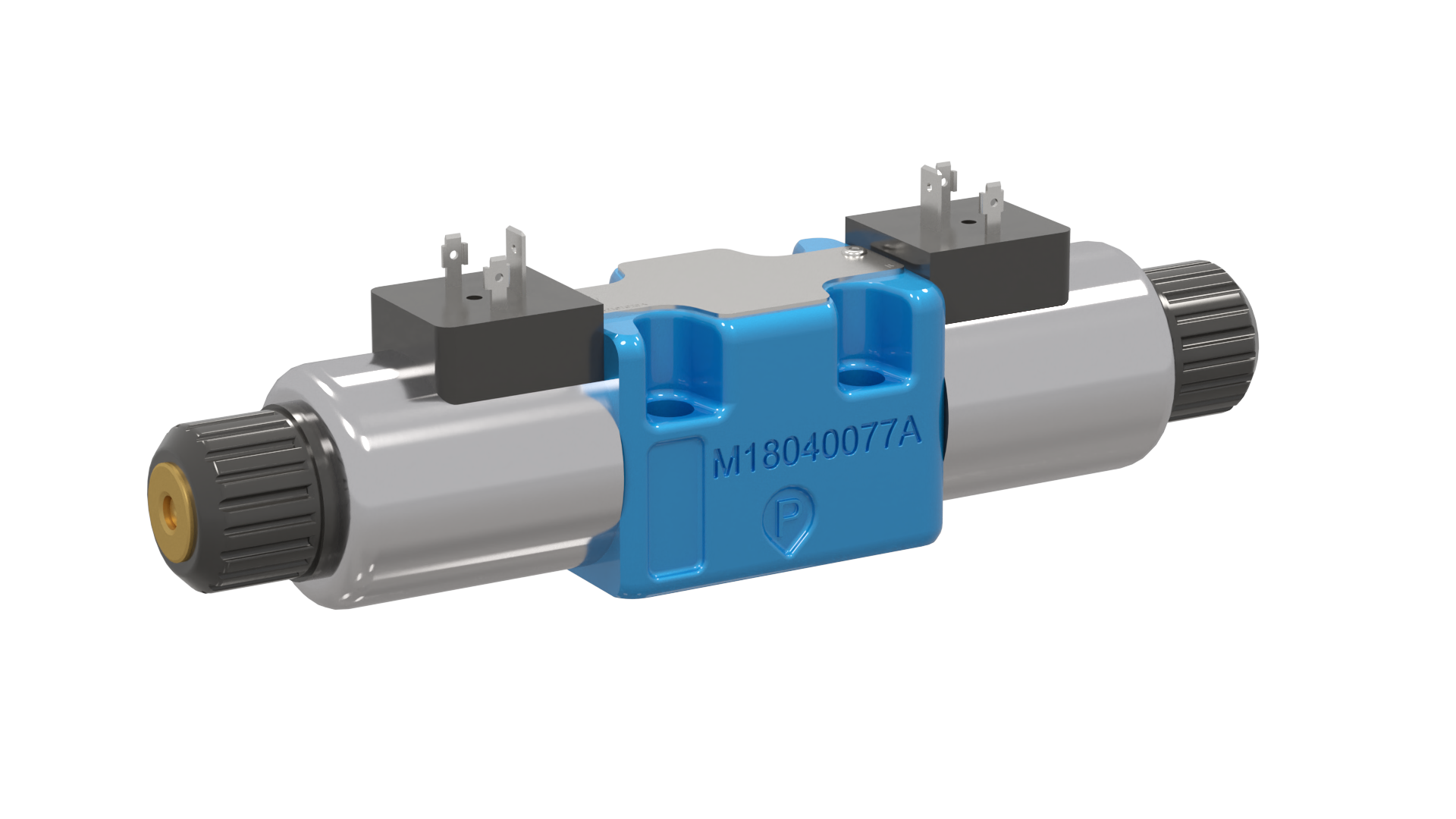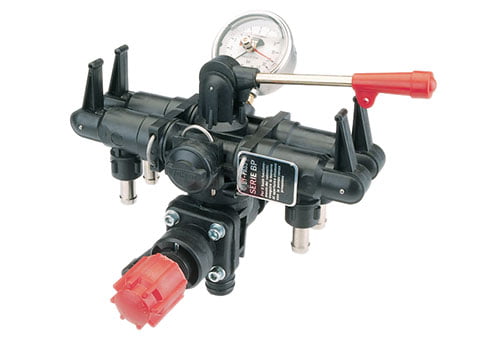The Duty of Control Valves in Fluid Flow Administration Solution
The Duty of Control Valves in Fluid Flow Administration Solution
Blog Article

Maximize Energy Financial Savings and Convenience With Advanced Building Automation Controls
In the realm of contemporary architecture and center management, the combination of sophisticated structure automation manages stands as an essential improvement. By taking advantage of the power of automation, structures can adapt, react, and progress in means that were when inconceivable.
Energy Efficiency Perks
Energy efficiency advantages can considerably decrease energy consumption and operational costs in structures. By carrying out energy-efficient practices and modern technologies, building proprietors and operators can attain significant cost savings while likewise adding to environmental sustainability. Among the main advantages of improving power effectiveness in buildings is the decrease of utility expenses. Energy-efficient systems, such as innovative building automation controls, can optimize using resources like home heating, lighting, and air conditioning, resulting in reduced power expenses over time.
Furthermore, enhanced energy performance can extend the life-span of building devices and systems. By running much more effectively, HVAC systems, light, and other building elements experience less damage, leading to minimized upkeep and replacement prices. Furthermore, energy-efficient structures commonly regulate greater property values and rental rates, giving lasting economic benefits to owners.
Furthermore, power performance can improve resident convenience and productivity. Effectively regulated indoor environments with ideal lighting and thermal conditions develop a more conducive and pleasurable office, bring about improved employee satisfaction and performance. Generally, the power efficiency benefits linked with innovative building automation controls are diverse, incorporating price financial savings, environmental stewardship, and passenger well-being.
Improved Comfort Control
Enhancing convenience control in building settings requires a sophisticated assimilation of innovative automation systems for optimal passenger wellness. By making use of sophisticated structure automation controls, centers can tailor the interior environment to satisfy the particular needs and preferences of owners. control valves.
By integrating these advanced controls, structures can not just enhance convenience however likewise boost power effectiveness by enhancing system procedures based on actual tenancy and usage patterns. Eventually, prioritizing resident convenience via advanced automation systems leads to a much more delightful and healthier interior atmosphere.
Operational Effectiveness Improvements

Moreover, the application of real-time surveillance and analytics devices enables building drivers to recognize energy inadequacies and functional abnormalities without delay. By continually checking energy usage patterns and system efficiency metrics, look at this web-site changes can be made in real-time to maximize power intake and make certain peak operational performance. control valves. Furthermore, including need feedback techniques into building automation controls can additionally improve functional efficiency by dynamically adjusting power use based upon grid conditions and prices signals
Indoor Environment Optimization
Effective interior climate optimization is a basic aspect of building automation controls, ensuring passengers' convenience and well-being while making the most of power savings. By using sophisticated sensing units and controls, developing automation systems can continuously adjust and monitor temperature level, moisture degrees, air top quality, and ventilation to develop an optimal indoor environment. Preserving constant and comfortable problems not just improves occupant fulfillment yet additionally boosts productivity and total health.
Interior environment optimization additionally plays an essential duty in power performance. By fine-tuning ventilation, home heating, and cooling systems based on real-time data and occupancy patterns, building automation controls can substantially minimize see power intake - control valves. For example, applying approaches such as demand-controlled air flow and thermal zoning can aid decrease power waste while making sure that each area of the structure receives the necessary conditioning.

Lasting Environment Creation
Building automation controls not just enhance indoor environment problems for energy efficiency and occupant convenience but additionally lay the foundation for developing a lasting atmosphere via calculated management of systems and resources. By integrating sophisticated structure automation innovations, such as sensing units, actuators, and intelligent software application, centers can change and check energy use in real-time to reduce waste and minimize their carbon impact. These systems enable anticipating maintenance, determining possible issues before they rise and optimizing devices efficiency to boost longevity and performance.
Additionally, lasting environment creation prolongs past energy administration to incorporate water preservation, waste decrease, and indoor air high quality renovation. Structure automation controls can manage water use, discover leaks, and make certain proper waste disposal practices, contributing to general sustainability initiatives. In addition, by regulating and monitoring ventilation and filtering systems, these innovations improve passenger health and wellness and efficiency while reducing energy usage connected with cooling and heating procedures.
Verdict
Finally, advanced structure automation regulates deal significant advantages in regards to energy savings, comfort control, operational efficiency, interior environment optimization, and producing a sustainable environment. By executing these controls, buildings can attain optimum performance while decreasing energy intake and boosting passenger comfort. It is evident that using sophisticated automation innovation is essential in enhancing structure performance and creating an extra sustainable future.
Power effectiveness benefits can significantly reduce power consumption and functional expenses in structures. On the whole, the Get More Info energy efficiency advantages associated with innovative building automation controls are multifaceted, encompassing cost financial savings, environmental stewardship, and occupant wellness.
Furthermore, integrating demand reaction methods right into structure automation controls can better boost operational effectiveness by dynamically changing energy usage based on grid conditions and rates signals.
Structure automation regulates not just optimize interior environment problems for power performance and owner convenience yet additionally lay the structure for creating a lasting setting via critical management of resources and systems.In conclusion, advanced building automation regulates offer significant advantages in terms of power cost savings, comfort control, operational efficiency, interior environment optimization, and producing a sustainable environment.
Report this page